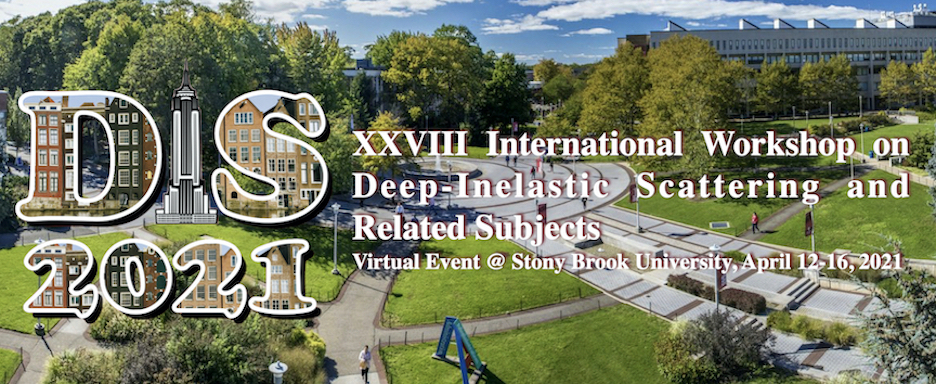Speaker
Description
Describing hadronic structure in terms of its constituent partonic degrees of
freedom remains an open subject. On the theoretical side, GPDs and TMDs are
expected to play a central role drawing three-dimensional images of hadrons.
Thus high priority is being given to experiments that can yield data which may
be interpretable in terms of these quantities. Among all possibilities, that of
DVCS has a specially clean realisation in terms of the former: GPDs. In this
work we focus on the study of pions which, as Nambu-Goldstone bosons of QCD
chiral symmetry breaking, provide the clearest windows onto the phenomenon
of emergent hadronic mass (EHM). Herein we present a novel class of models for
pion off-forward parton distributions: the so called positivity-saturated GPDs,
which benefit from a direct interpretation in terms of QCD degrees of freedom.
Their covariant extension onto the ERBL region allows for the development of
reliable GPD models fulfilling all required theoretical properties of GPDs. Ex-
ploiting them we aim at answering the question whether or not the 3D structure
of the pion could be probed through the Sullivan process at EIC.

